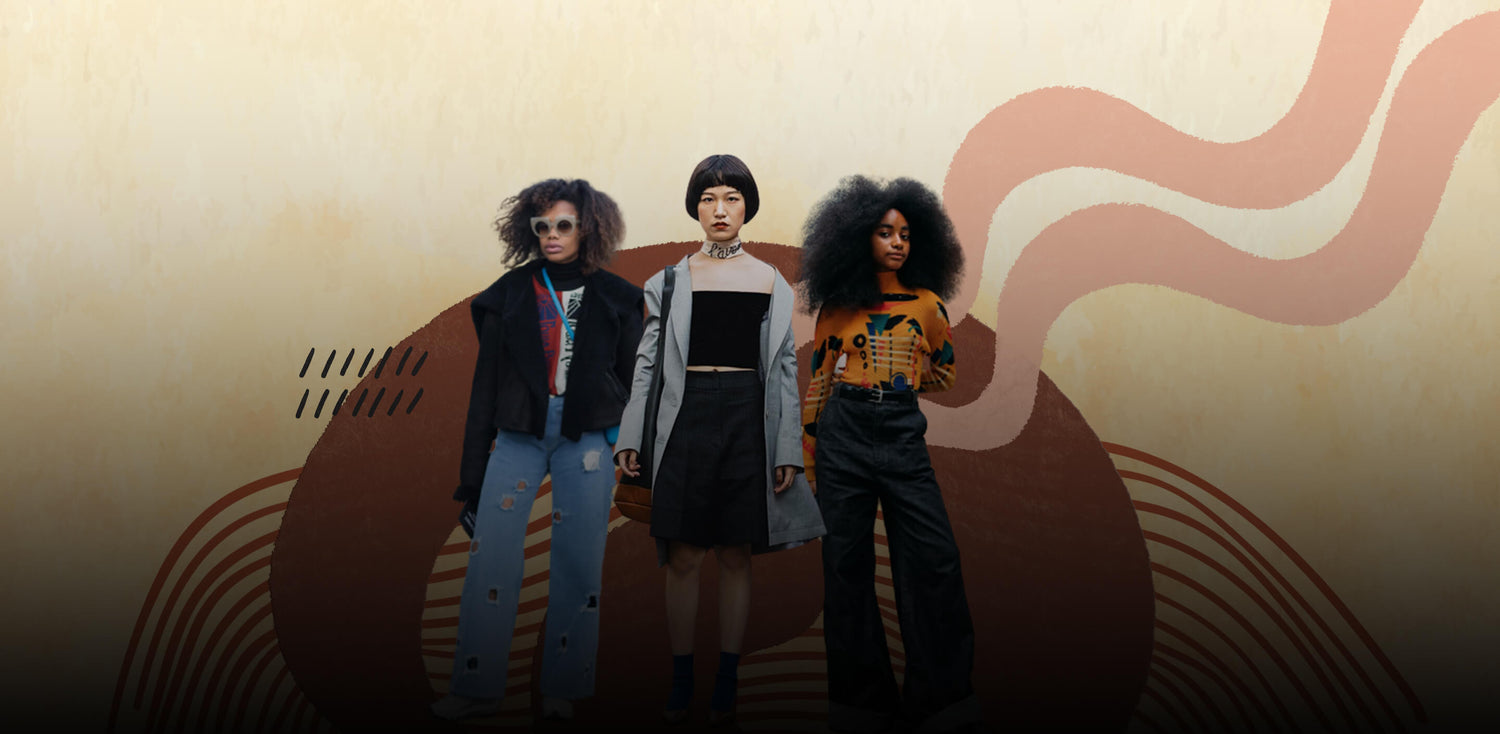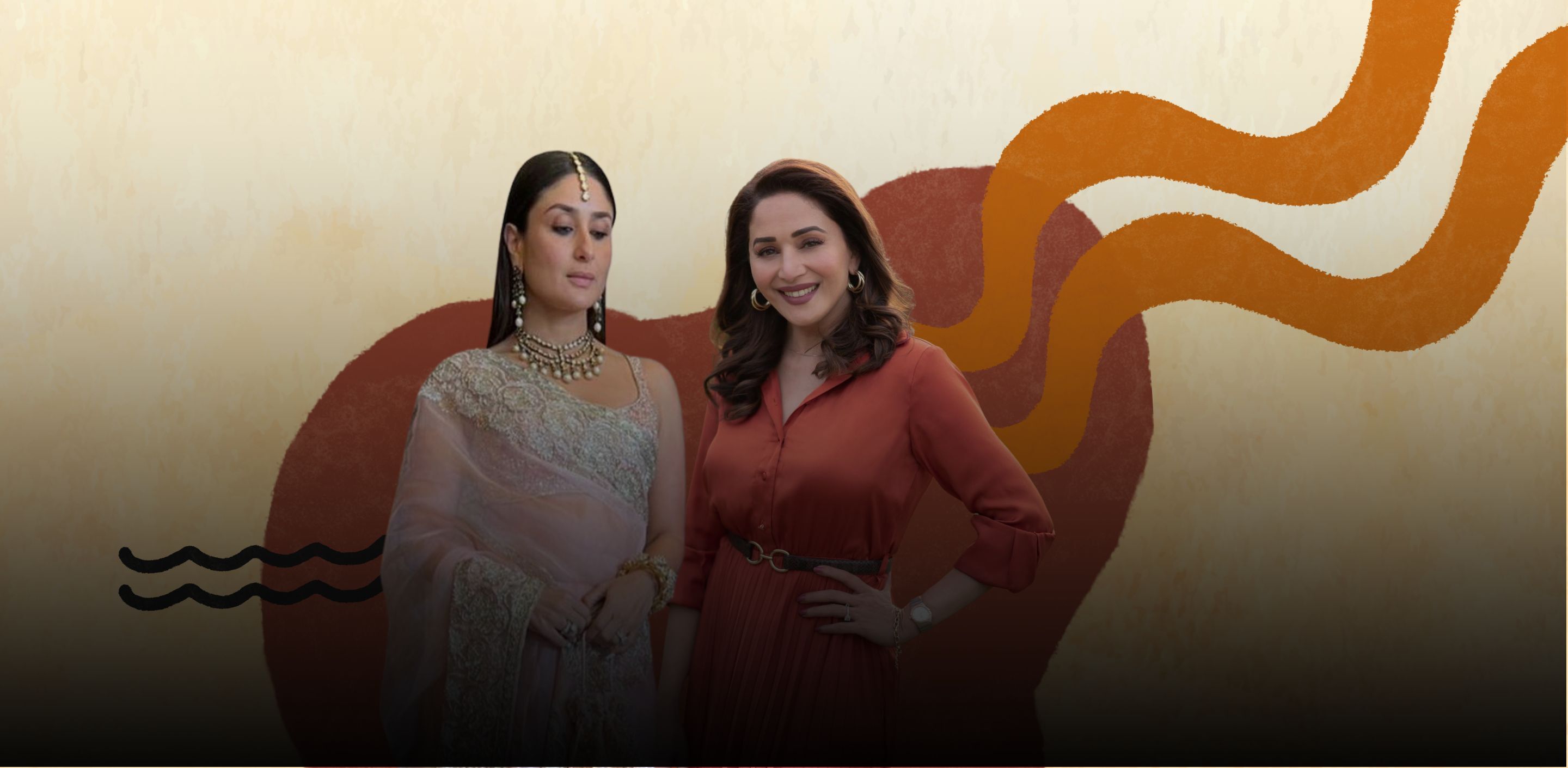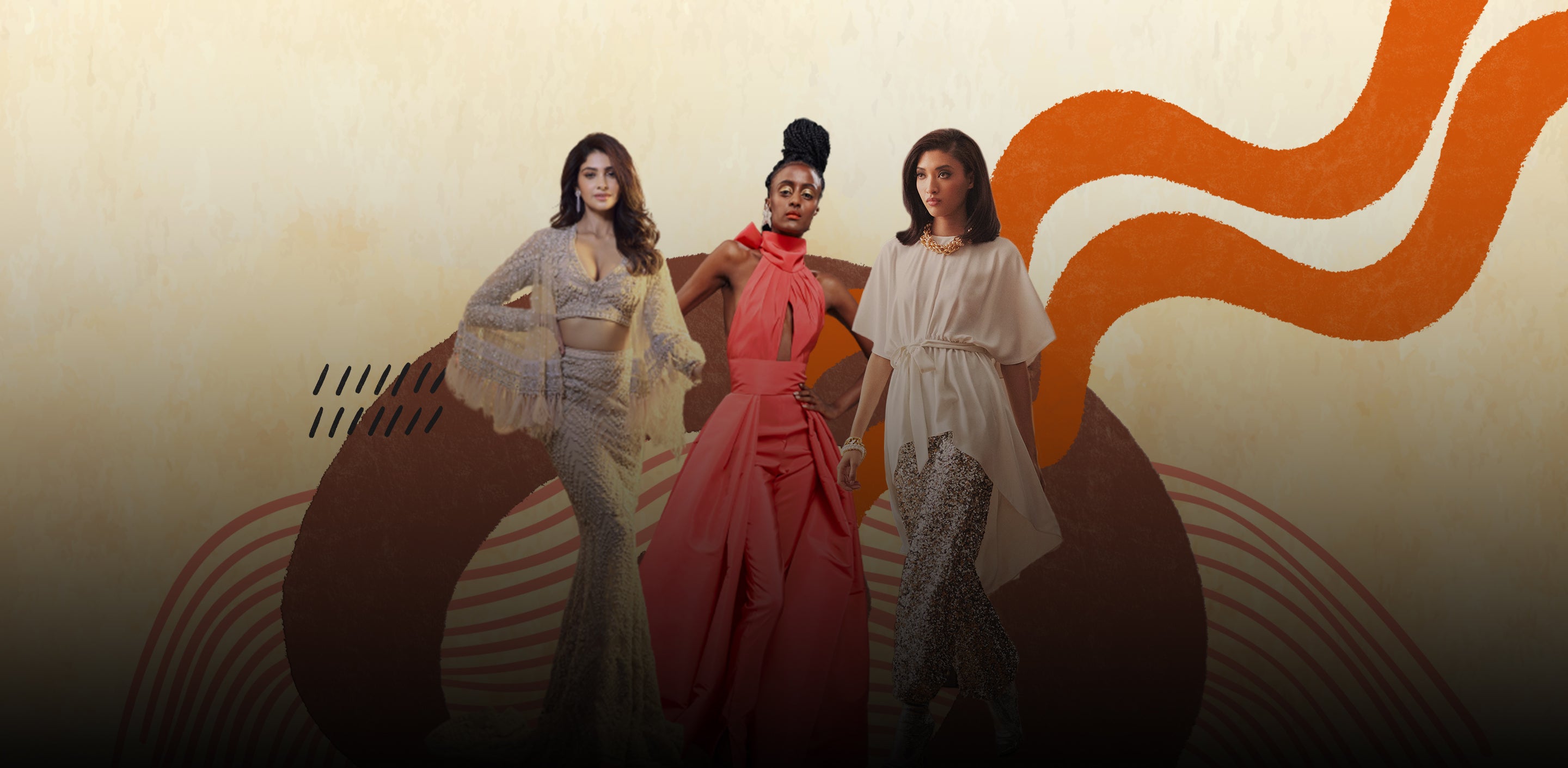Do you London was the fashion destination long before London Fashion Week hit the streets of the City?
London's diverse population has made it a source of inspiration for everyone's style, from royals to wackadoos. London's fashion industry has set global trends for decades because of its rich diversity of design. London, one of the world's most creative cities, is filled with unusual shops, bustling marketplaces, and upscale department stores selling both high-demand items and one-of-a-kind wares.
London's outstanding prominence as a key center for imaginative style is in no little part due to the city's fascinating history in the fashion industry. While trends come and go and clothing styles evolve, one constant has been London's status as a global center for affluent fashion. London is renowned for its expert tailoring, shoemaking, and handicrafts, all of which take their inspiration from the English monarchy.
Look back at London's fashion's illustrious past and see how it's evolved and grown over the years.
Style in the 19th century

London blossomed as a center for textile production throughout the Industrial Revolution. Unlike the West End, which is synonymous with high-end tailoring and bespoke clothing, the East End rose through the ranks in a very unique way.
Both men's and women's 18th-century attire were updated by the Victorian era's trend. Shorter front tails on men's coats and an increase in the popularity of trousers marked the transition from the Victorian era. Although corsets remained a staple of women's formal wear, waistlines were lowered to highlight a more hourglass figure, and short puff sleeves were all the rage.
In this period, London's garment industry flourished, with the West End being known for creating and selling high-end, up-market luxury. Meanwhile, the East End, which had previously been home to lower-value manufacturing, became a cultural melting pot with a strong industrial foundation.
One of the most recognizable trends in the city is the retail industry. The shops and boutiques in London's shopping districts attracted visitors from all over the country. The Liberty Department Store first opened its doors in 1875 and is now an iconic component of the West End retail scene in London. In the early 1900s, landmark department stores like Selfridges and Harrods first opened their doors, ushering in London's storied retail history.
Style in the 20th century

In the early 1900s, the fashion industry first saw the emergence of recognizable trends. Iconic trends flourished in London, with unique fashions emerging on both sides of the city's class divide. London's famed tailoring and reputation have endured because fashionable clothing artist Mayfair aristocracy has maintained the city's original, classic fashion aesthetic. Common people opted for louder, more empowering styles that encouraged rebellion and autonomy. London's mods, rockers, teddy boys, and punks were responsible for influencing styles all around the world.
Several influential, future-thinking dressmakers got their start in this fabled century. Designers looked to the streets for inspiration in order to create unique and popular products. During the swinging '60s, designers like Mary Quant, Barbara Hulanicki, and Ossie Clarke created groovy, sensual styles. Zandra Rhodes and Vivienne Westwood were two fashion icons of the 1970s who pioneered a fresh and exciting look that celebrated individuality and freedom of expression.
Style today

London embraced its status as one of the "Big Four" fashion capital from the 1980s to the early 2000s. New York, Paris, and Milan, three of the world's most influential fashion capitals, were all talking about it. Since its inception in 1984, London Fashion Week has grown substantially. Initially attended by professionals in the fashion business, it has now become a must-attend event for many celebrities and fashionistas.
London's fashion industry has developed into a unique subculture in contrast to its European counterparts. New York is known for its economic might, Italy for its haute couture, and Paris for its artistic splendor. Every urban center creates its own amazing collaborative system of trends, which mutually enrich and celebrate diversity. A design excellence hub has been established due to the city's vogue and the validation of its fashion industry on a global scale. Many aspiring fashion designers go to London in hopes of learning from the industry's elite. London is an important hub for creative and design studies, home to a number of prestigious educational institutions as well as a wide variety of other possibilities for budding designers. The London Fashion Week event space is ideal for designers, and the week includes a number of unplanned happenings that might boost a designer's career. London has always been a city of elegance, and it will remain such for a very long time.
FAQ
What street in London is famous for fashion?
King's Road, Lordship Lane, Mount Street, Sloane Street, Bermondsey Street, and Brixton Village are the most fashionable places in London.
London : The iconic fashion capital
The multi-culture and diverse environment of London make it an inspiration for numerous budding artists and Fashion designers.
What is London famous for in fashion?
The fact that London is home to some of the best fashion schools in the world is certainly one of the city's many distinguishing features.
We also happen to be a magnet for suggestions, and would love to catch yours….throw us yours on hello@fabriclore.com





